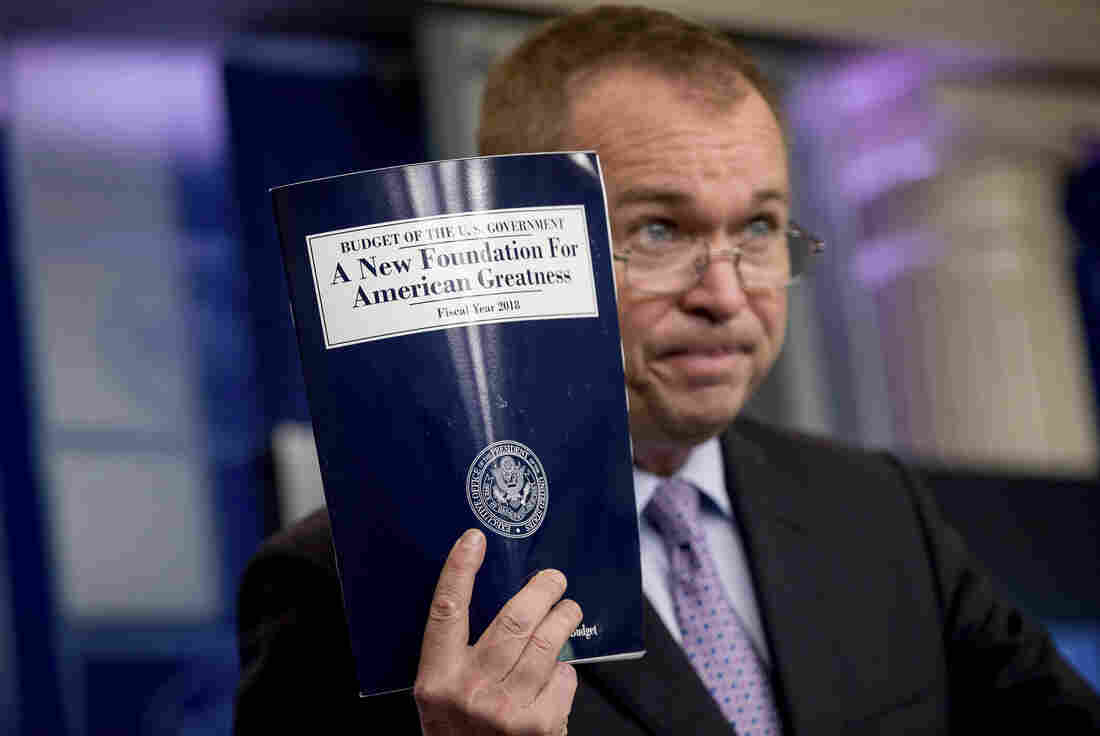Do You Know What Red Nose Day Is?
Mindy Kaling is one of many celebrities who have put on a red nose for Red Nose Day, raising the question: Huh, what?
NBC Universal
hide caption
toggle caption
NBC Universal
May 25 is Red Nose Day in the United States.
And millions of people are probably going, “huh, what?”
The short explanation: It’s a campaign to raise money to fight child poverty.
But how does buying a red foam nose at a drugstore for a buck help the cause? And does this charity with the silly name really do good work?
We did some reporting, and here’s what we learned.
The British charity Comic Relief started Red Nose Day in England in 1985 as a way to raise money to fight child poverty. Why Red Nose Day and not, say, Fight Child Poverty Day? It’s hard to get a definitive answer. But it appears the organizers wanted a symbol that would make people laugh. Everyone from the Spice Girls to Hugh Grant have put on red noses to promote the fundraising effort.
Red Nose Day is held every two years in the U.K. and has raised $1.4 billion, which is distributed to charities that fight child poverty.
Three years ago, the event crossed over to the U.S., where it’s become an annual event. Although it hasn’t yet become a household word. Last year, Comic Relief USA surveyed 1,000 Americans and found that “60 percent didn’t quite understand what we did,” says Janet Scardino, CEO of the group.
In the weeks leading up to Red Nose Day and on the day itself, money is raised in all sorts of ways. Of the dollar people pay to buy a red nose at Walgreens and Duane Reade drugstores, 50 cents goes to charity (the other half covers the cost of producing the nose). The public can also make direct donations on the Red Nose Day telethon airing Thursday night on NBC.
According to the organization’s 2015 tax filings, 85 percent of the proceeds go to a handful of charity partners that support children in need around the world. In the U.S., that includes multiyear grants to groups like Feeding America, the Boys & Girls Clubs of America, Save the Children and Gavi, the Vaccine Alliance.
The Bill & Melinda Gates Foundation, a supporter of NPR, is also backing Red Nose Day in the U.S. by matching donations to the cause made on Facebook up to total of $1 million.
Charity Navigator, which rates nonprofits using a four-star evaluation system, has found that most of Red Nose Day’s charity partners have a three or four-star rating.
But Comic Relief has been criticized in the past for its controversial investments. In the U.K, some funds raised by Red Nose Day are invested in various ways, with the returns going toward the cost of the campaign. In 2013, the BBC program “Panorama” reported that around $816,000 was invested in the arms company BAE Systems while $3.5 million was invested in tobacco companies.
A spokesperson from Comic Relief U.K. told NPR that the group stopped investing in those companies in 2014.
And then there’s the question of the goofiness of it all. Part of the appeal of Red Nose Day is that it makes people feel good, says David Bishai, a professor who specializes in economics and public health at Johns Hopkins University. “The red nose doesn’t drag you into the dark side of the poor, showing you children with swollen bellies. That’s not fun,” he says. “The [campaigners] say: We understand there’s terrible suffering in the world and we’re doing something about it.”
But it’s a tricky line to toe. This year’s BBC telethon for Red Nose Day in the U.K., on March 24, garnered 150 complaints for profanity and lewd comments from the celebrity entertainers. There was a skit showing a bounty of biscuits followed by footage of a starving infant in Liberia. One viewer tweeted: “Comic Relief … painful.” Asked to comment on the controversy, a spokesperson for Comic Relief U.K. did not address the issue specifically but told NPR: “The broadcast was a live studio event enjoyed by a peak audience of 7.6 million. The amazing British public yet again dug deep to raise over 73 million pounds [about $94 million] so far.”
U.S. campaigns haven’t brought in quite as much: more than $60 million in the first two years. Still,“that’s nothing to sneeze at,” says Sandra Miniutti of Charity Navigator.
But the name might be an obstacle, suggests Miniutti. “Stand Up For Cancer, I know I’m giving to cancer,” she says. “Red Nose Day doesn’t have that attribute.”
So on Red Nose Day the group devotes a lot of effort to explaining what kinds of projects it supports. Tonight, for example, Julia Roberts guest stars on a Red Nose Day episode of the TV series Running Wild with Bear Grylls. Grylls and Roberts head out to delivervaccines from Wamba Hospital in Kenya to children in the a remote community. The challenge? They must keep the vaccines cold the whole time — while avoiding crocodiles and hippos.
Tonight’s Red Nose Day TV marathon also features a reunion of the cast of the 2003 movie Love Actually.
It sounds gimmicky, but academics who study charitable giving don’t seem to mind. “I could have been holy about it — but they’re helping Americans think about those less well-off in other countries,” says Bishai. “Give them a break.”














